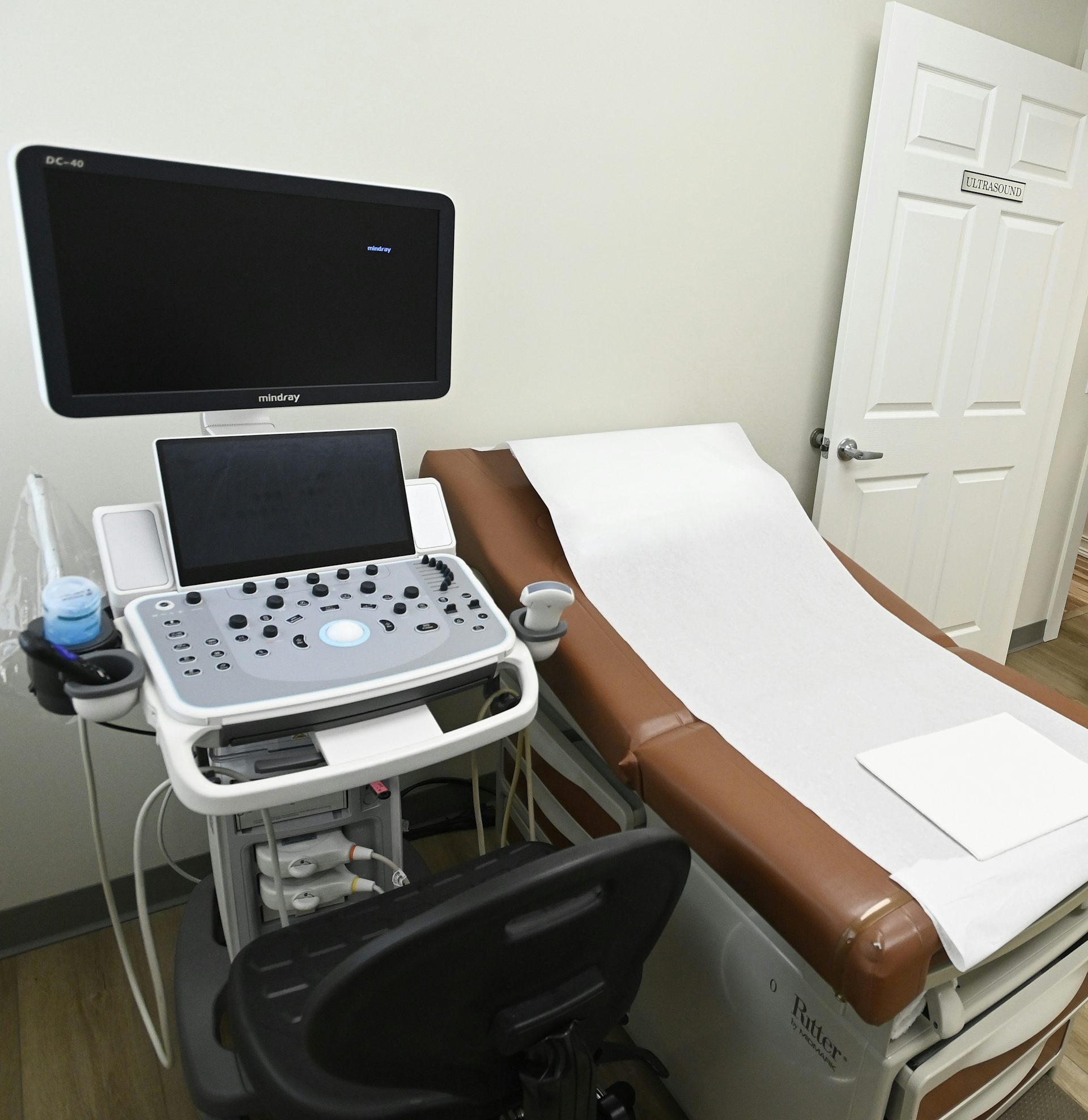What is frostbite? An ER doc explains
Layering on winter gear is annoying. But with temperatures reaching minus 50 in some parts of the country, it is essential to protect your skin from frostbite, which can happen in minutes.
Frostbite cannot be overcome with a tough mental edge, despite what Kentucky’s governor, Matt Bevin, might believe. As much of the country faces sub-zero temperatures and high wind speeds, frostbite is a real health hazard.
I’m an emergency medicine physician and EMS medical director and have seen many cases of frostbite, a common problem that we encounter this time of year. It generally affects those who are outside the longest in these frigid conditions.
Frostbite occurs when tissue is frozen and irreversible damage occurs. It causes the cells and small blood vessels to freeze. Freezing a cell destroys it. All it takes for this to happen are freezing temperatures: 32 degrees F or lower.
However, there are other factors at play. Alcohol consumption results in dilation of blood vessels, which cause the sensation of warmth, but increases the risk of frostbite.
High wind speeds make the situation more dangerous by accelerating the cooling process. For instance, if you are exposed to a temperature of minus 5 degrees F, and also wind speeds of 35 mph, this creates a wind chill of minus 34 degrees, and frostbite can develop within 10 minutes. As the temperature falls further and the wind speed increases, frostbite can be triggered in even less time.
Frostbite can occur to any tissue, but there are some areas of the body that are more vulnerable. Exposed regions like the nose, cheeks, ears, chin and even the corneas, the outermost layer of our eyes, are at risk. In addition, our extremities, like our fingers and toes, are most likely to be exposed. Toes, despite being sheltered directly from the elements, can develop frostbite. That’s because our bodies naturally limit blood flow in the cold, by causing our outermost blood vessels in the skin to constrict and diverting the warm blood to our core and vital organs. With less blood to warm our fingers and toes, they freeze faster.
The warning signs of frostbite
To protect yourself, limit your time outside and cover up your face, ears and fingers. Wear well-insulted socks. Most importantly, do not dismiss the symptoms of frostnip, the precursor to frostbite.
Frostnip is reversible blood vessel constriction that causes a pins and needle sensation - burning pain and some red discoloration of skin. If you experience frostnip, you are on your way to developing frostbite. Get out of the cold and warm up that affected tissue. The ideal way to rewarm tissue is with warm water 40-42 degrees C. However, if this is painful to do, I strongly recommend that you go to an emergency department for more definitive care.
We grade frostbite with similar criteria to burns, in degrees. The most common frostbite occurs to an otherwise healthy person who is, for example, waiting for the bus. He or she might suffer a first- or second-degree frostbite. We treat these injuries with rewarming and local wound care. Severe cases, third-degree or even fourth-degree frostbite, can result in amputation, but this is rare and there are other treatment options in the hospital.
If your symptoms don’t go away after rewarming, go to the emergency department.
Jeremiah Escajeda does not work for, consult, own shares in or receive funding from any company or organization that would benefit from this article, and has disclosed no relevant affiliations beyond their academic appointment.
Read These Next
As millions of Americans face a steep rise in health insurance costs, lawmakers continue a century-l
US health care policy will remain fractured until lawmakers address the core question of who is responsible…
‘This year nearly broke me as a scientist’ – US researchers reflect on how 2025’s science cuts have
US science lost a great deal in 2025, including tens of billions of dollars of federal funding, entire…
Billionaires with $1 salaries – and other legal tax dodges the ultrawealthy use to keep their riches
The richest Americans can largely avoid paying income and other taxes. A new book explains the history.






